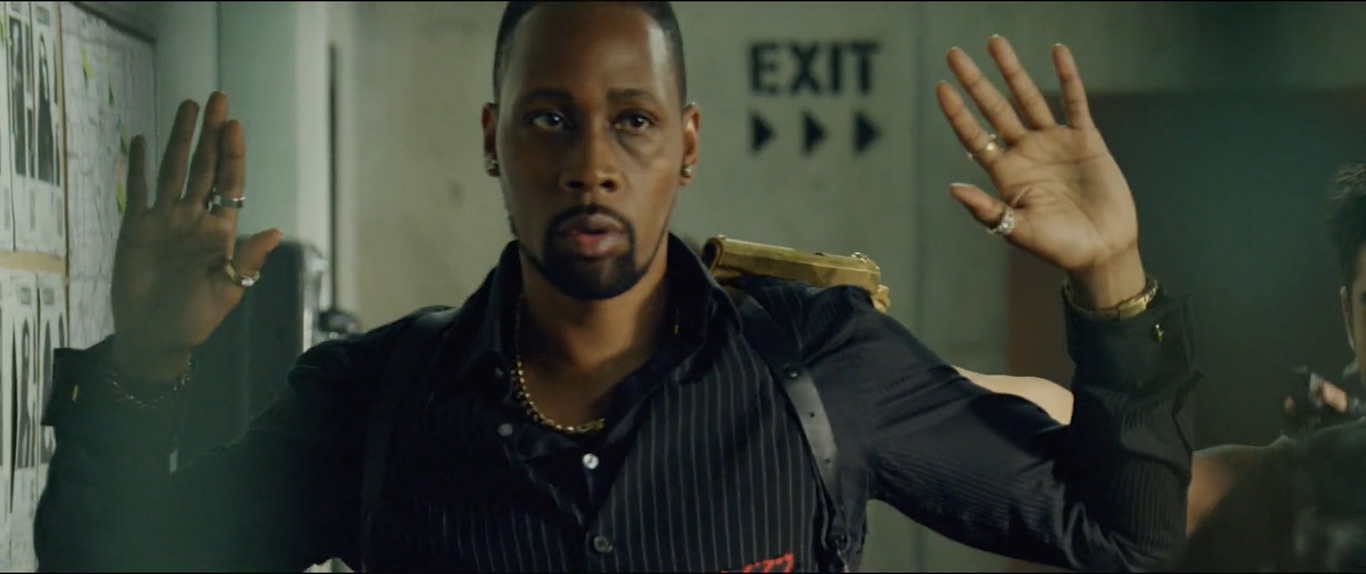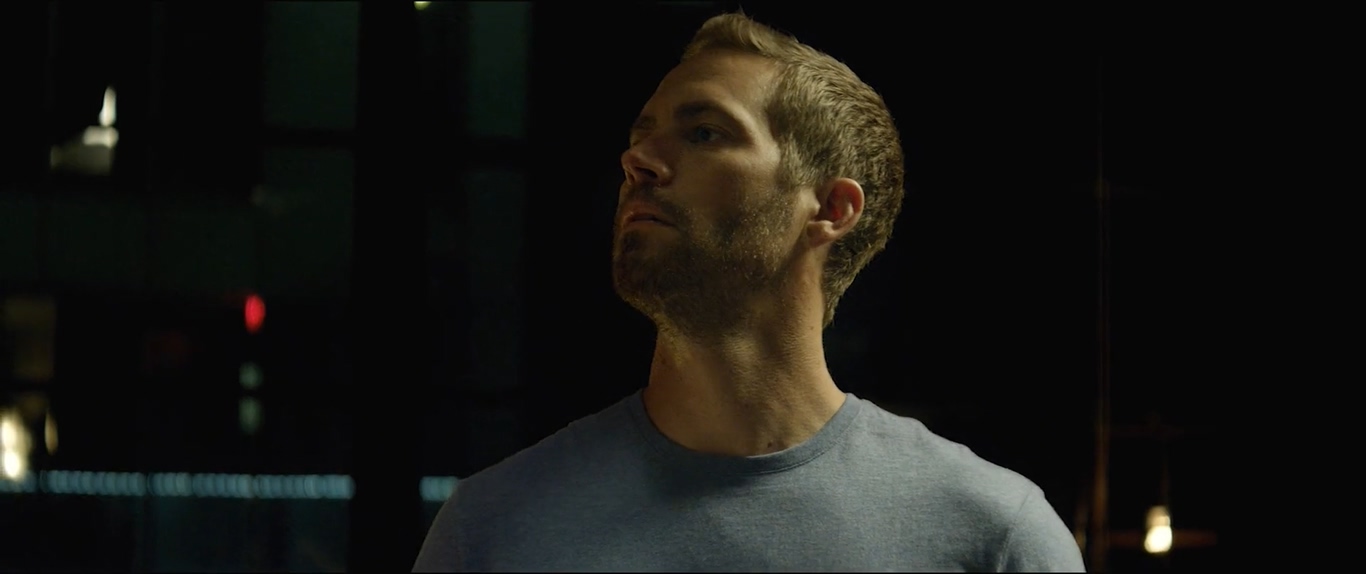Directed by Camille Delamarre, ‘Brick Mansions’ is a fast-paced 2014 action thriller hood movie with a sumptuous amount of hair-raising chase and parkour sequences wrapped around a plot that pretty much defies logic. Even the charisma of the late Paul Walker feels inadequate in the backdrop of a hastily drawn dystopia. The premise takes the audience to a heavily militarized and walled Detroit ghetto, where crime and corruption are rampant and unending.
To take down the drug cartel operative in the neighborhood, cop Damien Collier teams up with mercenary immigrant Lino to wage war against the baddies. But as the story comes to a close, the clear distinction between good and bad fades, and we, as audiences, are compelled to side with the drug lord and his motley team. Despite its obvious over-the-top action sequences and a vacuous plot, the film holds some merit in its relentless indictment against class oppression. However, you may be wondering how much of the story is rooted in reality. In that case, let us probe into the matter.
Is Brick Mansions Based On A True Story?
No, ‘Brick Mansions’ is not based on a true story. The film is directed by Luc Besson’s protégé editor-filmmaker Camille Delamarre in his first feature film. The director made the film based on a screenplay written by Luc Besson along with Ryan Amon. Besson loosely modeled the screenplay upon the acclaimed 2014 French-language dystopian action thriller film ‘District B13,’ directed by Pierre Morel based on a script by Luc Besson and Bibi Naceri. Besson also served the role of the producer in the film. In the 2009 sequel called ‘District 13: Ultimatum,’ Besson retained his role of writer-producer. The Delamarre film also borrows some plotlines and action sequences from the sequel.

The original French film is reminiscent of John Carpenter’s early classics like ‘Escape From New York’ and ‘Escape From L.A.’ In conjuring the political backdrop of the premise, Luc Besson seemingly took inspiration from Nicolas Sarkozy’s failed urban redevelopment project — Greater Paris. Action thrillers are usually apathetic towards logic, and in the film, slick European action of ‘District B13’ meets the thrilling car chase sequences of ‘Fast and Furious.’ This movie shall be remembered as Paul Walker’s final complete performance before his untimely demise since ‘Furious 7’ did not finish filming by the time of Walker’s death. Much like his role in the ‘Fast and Furious’ franchise, Walker is seen to be driving around in a flashy Mustang and doing insane drift stunts.
However, in retrospect, the film comes too close to reality when Walker’s character Damien and his ex-convict friend lose control of their car. As they break into the ghettoed territory of Brick Mansions, the brakes of the van do not work, and the steering wheel is also not of much use. In effect, they hit a heap of trashed cars. In retrospect, the scene reads like a cruel irony on Walker’s final fate. On November 30, 2013, the world became shocked by Walker’s tragic death in a car accident. The Guardian reported that Paul was speeding at 100mph at a tough turn when he lost control.
The bitter premonitions kept aside, the parkour scenes are the main takeaway from the movie. David Belle, who is widely considered to be the founding figure of parkour, reprises his role in this film as the drug-crusader from the original French movie. Although his voice sounds somewhat dubbed, he grabs the attention of the audience through some impeccably crafted parkour stunts. According to Belle, the main difference between the French original and its American surrogate is the directorial approach taken by Camille Delamarre. RZA also brought his own flavour into the character of Tremaine Alexander, and he took inspiration from people he was acquainted with, especially a drug dealer named Dusty.
Apart from that, the film paints its story with an underlined indictment of class conflict. As this news piece by The New Yorker suggests, terrorism does not always coincide with class struggle, even in France. The drug-lord Tremaine is a self-proclaimed businessman, and he looks pretty much affluent even when he spews hatred on the “men who will destroy a whole community, underprivileged women, and children.” Talking to Vulture about his character, RZA said, “I brought things from myself and people that I knew. I knew a guy similar to Tremaine, a guy named Dusty, who was a tough drug dealer, but he also had a smartness about him. He would push positivity onto the young people.”
The acclaimed performer continued, “But being Tremaine, I was allowed to bring the ruckus, I promise you. That one scene where’s he like, “Time to strap up!” — I did it ten times in different ways… When I (saw) it in the trailer, I was like, “Oh, that’s what the director wanted.” He wanted some of that rah-rah RZA to come out.” So it is evident that the film uses pertinent and poignant instances from real life to create a fictional premise. Therefore, even though the film holds a degree of subversive potential in its final twist ending, the story walks quite far from reality to create its own dystopia.
Read More: Brick Mansions Ending, Explained


You must be logged in to post a comment.